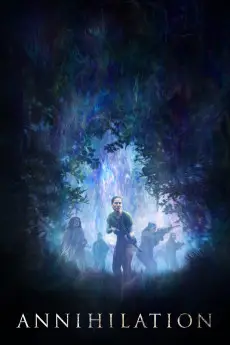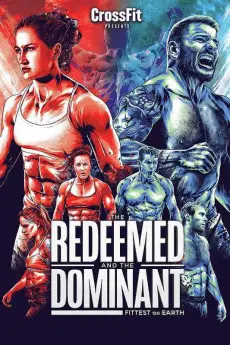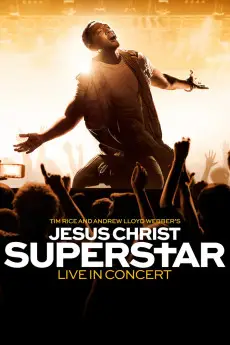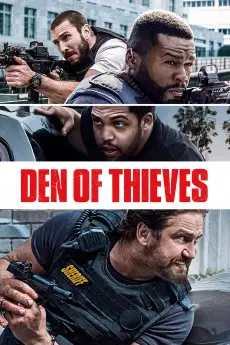The Most Unknown
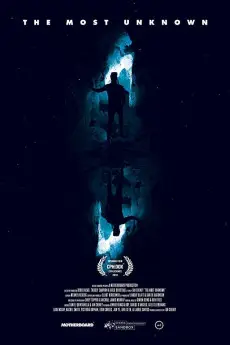
Year: 2018
IMDb: 6.6
Actors: Anil Seth, Laurie Santos, Jennifer L. Macalady, Davide D'Angelo
Duration: 92 min
The Most Unknown is an epic documentary film that sends nine scientists to extraordinary parts of the world to uncover unexpected answers to some of humanity's biggest questions. How did life begin? What is time? What is consciousness? How much do we really know? Jennifer L. Macalady Microbiologist, Penn State University. Davide D'Angelo, Physicist, Università Degli Studi Di Milano. Axel Cleeremans, Cognitive Psychologist, Université Libre De Bruxelles. Luke McKay, Astrobiologist, Montana State University. Rachel L. Smith, Astrophysicist, North California Museum of Natural Sciences. Erik Cordes, Ecologist & Chief Expedition Scientist, Temple University. Victoria Orphan, Geobiologist, California Institute of Technology. Jun Ye, Physicist, University of Colorado-Boulder & National Institute of Standards and Technology. Anil Seth, Neuroscientist, University of Sussex. Laurie Santos, Cognitive Psychologist, Yale University. Emilie Caspar,- Cognitive Neuroscientist, Université Libre De Bruxelles. Brian Hedlund, Microbial Ecologist, University of Nevada, Las Vegas.By introducing researchers from diverse backgrounds for the first time, then dropping them into new, immersive field work they previously hadn't tackled, the film reveals the true potential of interdisciplinary collaboration, pushing the boundaries of how science storytelling is approached. What emerges is a deeply human trip to the foundations of discovery and a powerful reminder that the unanswered questions are the most crucial ones to pose. The film was made possible by a grant from Science Sandbox, a Simons Foundation initiative dedicated to engaging everyone with the process of science.Frasassi Caves, Italy. Jennifer finds evidence of microbiological life that existed several million years ago. She collects samples. She then meets Davide at his lab, who is working on discovery of dark matter (which makes up 85% of the Universe, but isn't discovered yet). Jennifer says in biology there are 35 Billion microbial species, and humans have discovered a million of them. The rest is dark matter. Davide has built a new detector to help with the discovery of dark matter. In biology they assume all species come from a common ancestor, but if there was a 2nd ancestor then they wouldn't be able to see it or its descendants, as they wouldn't know what to look for.Davide travels to Brussels to meet Axel. Axel is trying to figure out the origin of consciousness. Davide participates in an experiment to move a robotic hand with only his thoughts. Axel is designing experiments to figure out the definition of consciousness. Axel is worried that science is not making fast enough progress in defining it. Axel travels to Black rock desert in Nevada, USA to meet Luke. Who is searching for extraterrestrial life. He studies hot springs in the desert to figure out origins of life in space. What would be their equivalent of a brain or consciousness? The tree of bio life diversity resembles a human brain. Microbiologists have also discovered only a fraction of the diversity that's actually out there on Earth. DNA sequencing of microbial life looks like a segment of outer space in a telescope.Luke travels to Hawani to meet Rachel who works in Hawai and looks at origin of stars from clouds of gases. The control center is downtown, while the actual telescope is located at the height of 14000 feet. Rachel studies Carbon monoxide signatures. Carbon monoxide is an important molecule in star formation. She takes Luke to see live lava flows. Rachel meets Victoria, who is studying life on the seafloor. Underwater life is a huge store of methane gas.. These microbes eat the methane before it gets to the water columns and gets released into the atmosphere. More is known about outer space than the bottom of the oceans. Rachel takes a dive in a mini sub. Huge diversity of life is found on the ocean floor. If these microbes die, the methane from underground volcanoes would enter the atmosphere and global warming would be much higher. Victoria's goal is to learn how methane based, underwater ecosystems work.Victoria travels to Boulder Colorado to meet Jun Ye. Jun Ye studies quantum physics. He is studying experiment that show relativity of time. He has an atomic clock made of strontium atoms. Humans are still learning about time and don't know a lot about it. Clocks are used to measure time. Clocks chance when they are near massive objects, so they can detect gravitational waves, even echoes of the big bang. Jun Ye travels to UK to meet Anil Seth. Anil is studying the brain. He doesn't have the right instruments yet to measure the activity of the brain. Anil is conducting experiments to measure how brain perceives time. Does it change with age and so on? Anil believes that no matter how much technology we evolve, there are some things humans cannot understand due to their cognitive abilities.Anil meets Laurie in Yale. She is studying monkeys in Puerto Rico to understand how humans think. She travels to an island which hosts 1000+ free range monkeys and performs cognitive experiments to record and understand how monkeys respond to visual and behavioral stimuli. Laurie meets Jennifer and the circle is complete.
Genre: Action Documentary
Download
| Size | Quality | Torrent | Magnet |
|---|---|---|---|
| 851.03 MB | WEB.720p | Download | Magnet |
| 1.71 GB | WEB.1080p | Download | Magnet |


